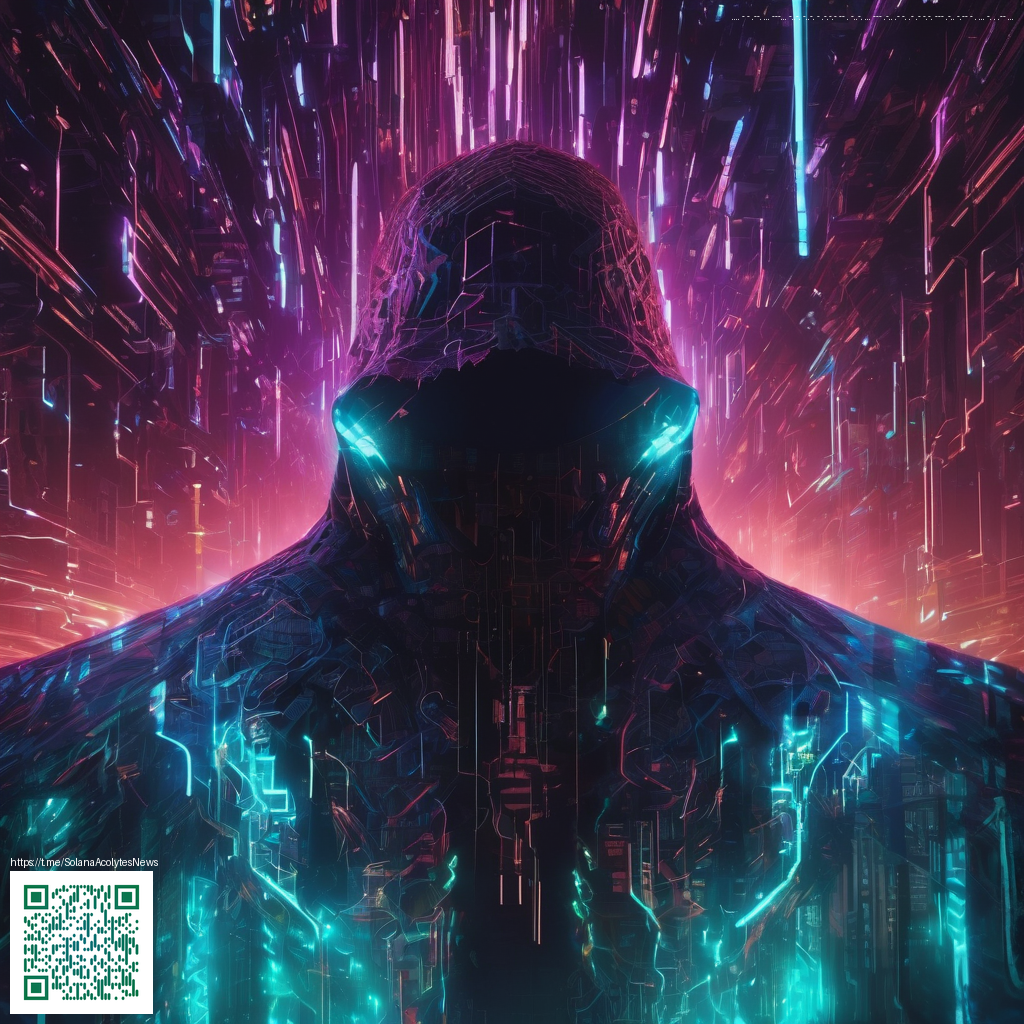
Texture Mapping: Crafting Realistic Digital Paper Surfaces
Digital paper textures are about more than just a pretty surface. The real magic lies in how light, depth, and fiber interact across a shared digital space. Texture mapping is the practice of translating a real-world surface into a digital canvas by layering maps that control color, depth, and how light bounces off the surface. When done thoughtfully, a flat screen can evoke the tactile sensation of a sheet of paper—its grain, curling edges, and the subtle gloss of a coated finish.
Foundations: maps that bring papers to life
To build convincing digital paper, you’ll typically work with several interrelated maps. Each one plays a distinct role in how the surface reads through a render:
- Base color (albedo): captures the intrinsic hue of the paper fibers and any slight tint from the printer ink or dye.
- Normal or height map: adds micro-relief that simulates tiny fibers, subtle bumps, and the faint texture you feel when you run your fingers over the surface.
- Roughness and specular maps: dial in the degree of gloss or matte finish, helping you recreate both uncoated and coated papers. The tiniest changes in specular highlights can distinguish a dull fiber from a crisp white stock.
- Ambient occlusion and curvature maps: emphasize folds, creases, and the way shadows pool along edges, especially on curled corners.
- Displacement maps (where appropriate): push geometry slightly to add real depth to edge folds or layered piles of paper.
When you combine these maps, the result is a more credible surface that behaves like real paper under different lighting conditions. It’s not about a single “correct” texture, but about sculpting a convincing balance between color, depth, and light interaction. For designers who rely on a tactile feel in their digital presentations, the payoff is a sense of realism that strengthens storytelling and readability in layouts.
“The most convincing digital paper starts with tiny, almost imperceptible variations that the eye reads as depth.”
Workflow: from capture to final render
Getting from concept to a believable paper surface involves deliberate steps and iterative testing. Start with reference material—scan a real sheet, photograph grain patterns, or study different printer stocks. Then translate those cues into a cohesive set of maps:
- Begin with a clean base color that reflects the paper’s tone and any natural color shift in your stock.
- Create a normal or height map that captures fiber direction and micro-roughness. Small directional lines can sell the sense of a woven or pressed texture.
- Paint or generate a roughness map to simulate the difference between a matte uncoated sheet and a glossy coated variety. Subtle variations matter more than dramatic contrasts.
- Test lighting with an HDR environment to observe how the surface reacts to diffuse vs. directional light. A well-chosen light setup often reveals whether your texture reads as real paper.
- Use ambient occlusion to deepen creases and folds, especially in stacked or curled pages.
As you refine, keep the end use in mind. If the texture will be seen up close in a product mockup, lean toward higher-frequency detail. For small-screen UI, smoother maps with well-placed micro-contrast can suffice. The beauty of texture mapping is in iteration: adjust, render, compare, and repeat until the surface reads as authentic in context.
To bring a practical touch to this exploration, consider how your workstation supports your workflow. A reliable desk setup—like the Custom Mouse Pad—can keep you focused and comfortable as you toggle maps and lighting. While the product itself isn’t a texture tool, the organization and comfort it affords can help you iterate more efficiently during long texture passes.
Tips for achieving a credible paper look
- Lighting matters: prefer soft, diffuse light to reveal texture without harsh hotspots, then test with a sharper light to gauge edge highlights.
- Subtlety over saturation: real paper rarely looks perfectly white; tiny color shifts and warmth can sell the illusion.
- Edge fidelity: curled and torn edges catch light differently; don’t neglect edge maps when building your texture.
- Material layering: consider layering multiple albedo textures to capture a blend of fibers and ink bleed, especially for antique or premium stock scenes.
In the end, success comes from balancing the elements: color fidelity, micro-geometry, and tactful light interaction. When these pieces align, your digital paper surfaces will behave and feel like the physical sheets they imitate, opening up more expressive possibilities for print-ready visuals, UI textures, and immersive design mockups.